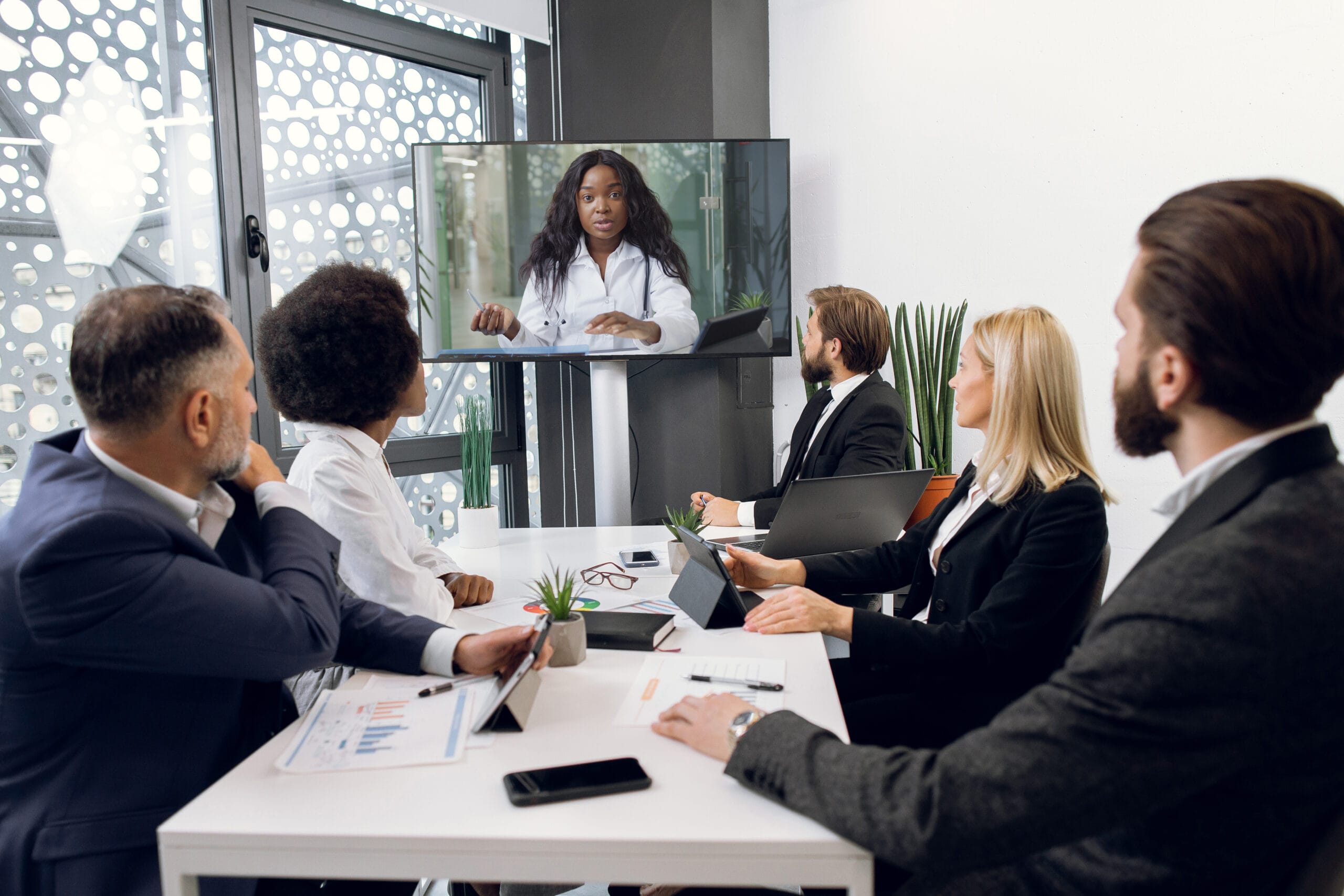High-quality trial presentations can make a difference in legal proceedings.
High-quality trial presentations can make a difference in legal proceedings.
Blog Article
How Trial Presentations Enhance Your Disagreement and Convince Jurors
Test presentations act as a pivotal device for improving lawful disagreements and convincing jurors. By integrating aesthetic aids, narrative frameworks, and emotional interaction, lawyers can produce an engaging case that reverberates on several levels. The tactical use visuals not only clears up complicated info yet also captures jurors' attention much more effectively than words alone. The art of narration plays a similarly crucial duty in changing valid proof into a compelling story, shaping jurors' understandings. Recognizing these elements can significantly impact test end results, increasing the question of how each element adds to this complex dynamic.

Significance of Visual Help
Aesthetic help play an important function in improving the effectiveness of trial discussions, as they can substantially increase audience interaction and retention of information. In the context of a trial, where jurors are tasked with processing complex details, aesthetic help serve to simplify and make clear bottom lines. Charts, charts, and images can convey data and principles that might otherwise overwhelm or confuse jurors, enabling a much more straightforward understanding of the evidence provided.
Moreover, aesthetic aids aid in maintaining juror interest throughout the proceedings. By damaging the monotony of verbal testimony, these tools can punctuate essential arguments, making them a lot more unforgettable. Effective visual help can likewise evoke emotional actions, which can be crucial in convincing jurors to align with the speaker's story.

Crafting Compelling Stories
An engaging narrative is important in trial discussions, as it serves as the backbone of reliable persuasion. It enables lawyers to weave together realities, evidence, and emotional components into a coherent tale that resonates with jurors. This narrative framework allows jurors to understand the intricacies of the instance while guiding them through the attorney's debate.
To craft a compelling narrative, lawyers must concentrate on clearness and coherence. This includes developing a clear lead character-- usually the customer-- and describing their trip through the occasions in concern. Providing the facts in a logical series boosts comprehension and maintains involvement. Furthermore, using brilliant summaries can create mental images that aid jurors imagine the events, making the story extra remarkable.
Furthermore, incorporating key styles throughout the discussion strengthens the core message and aids in retention - trial presentations. The narrative must not only convey info however additionally pop over here stimulate a sense of justice, highlighting the risks included. Inevitably, a sound narrative promotes a link between the jurors and the case, positioning the lawyer's debate as both reliable and engaging, thereby increasing the likelihood of a favorable verdict

Involving the Court Psychologically
Reliable jury engagement hinges on the attorney's ability to connect with jurors on a psychological degree. This connection can considerably influence jurors' assumptions and their utmost decision-making.
Aesthetic aids, such as pictures or videos, can even more improve psychological engagement, providing jurors with vibrant depictions of the instance's human aspects. Crafting a narrative that highlights the battles and accomplishments of the individuals entailed makes sure that jurors see past the legal arguments and acknowledge the human effects of their decisions.
A lawyer's enthusiastic delivery can resonate with jurors, enhancing their psychological financial investment in the case. It's necessary to stabilize emotional appeals with factual evidence, making certain that jurors feel forced to act while remaining based in the fact.
Structuring Your Presentation

The body of the discussion ought to be logically fractional into crucial factors, each sustained by compelling evidence. It is valuable to make use of storytelling strategies to weave truths into a story that jurors can quickly follow. Aesthetic aids, such as graphes and videos, can enhance understanding and involvement, aiding to highlight crucial pieces of proof.
Real-World Instance Researches
Checking out real-world case studies offers very useful understandings right into the art of trial presentations and persuasion. The spots case of "O.J. Simpson v. The Individuals of The golden state" shows just how visual aids and engaging stories can sway court understandings. The protection team effectively utilized a strategy that incorporated top-level specialist testimonies with multimedia discussions, which mesmerized jurors and eventually affected their choice.
Another notable example is the "McDonald's Coffee Instance," where the complainant's attorneys used graphic photos of the injuries received by Stella Liebeck. trial presentations. This plain visual proof played an essential function in sharing the seriousness of her burns, leading to a significant jury award. Such cases demonstrate that impactful trial presentations often depend upon the reliable integration of visuals and narration to evoke emotional reactions from jurors
Moreover, the "Casey Anthony Test" highlighted the importance of narrative comprehensibility and reliability. The prosecution's failing to establish a compelling timeline reduced their convincing power, emphasizing the necessity of a well-structured discussion. Analyzing these situations discloses that successful trial presentations call for strategic preparation, emotional interaction, and the ability to reverberate with jurors' values and ideas.
Verdict
Test presentations substantially boost arguments and encourage jurors through the calculated usage of visual help, compelling stories, and emotional interaction. A well-structured discussion balances emotional charms with valid evidence, ultimately reverberating with jurors' values.
Report this page